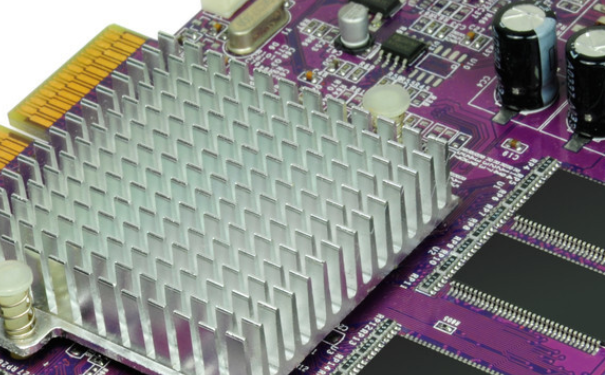Ultrasonic non-destructive testing - Method for assessing the level of weld defects
Date:2023-06-20 15:49:30 Views:4850
Ultrasonic non-destructive testing has a wide range of applications in the welding industry, which can detect various defects in welds such as cracks, pores, inclusions, etc. In UT testing, welds are inspected to determine whether there are any defects and graded based on the severity of the defects. This article will focus on introducing the ultrasonic non-destructive testing method for assessing the level of weld defects, in order to help readers better understand the practical application of weld non-destructive testing.
Evaluation standard for weld defect level
The level assessment of weld defects is usually based on the following standards:
Level 0: No defects, meets the requirements.
Level 1: Minor defects that do not affect the strength of the weld and can be repaired or directly used.
Level 2: Moderate defects that may affect the strength of the weld and require repair or replacement.
Level 3: Severe defects that directly affect the strength of the weld require immediate replacement or repair.

Weld defect detection method
The detection of weld defects usually uses UT technology. UT technology detects defects by sending high-frequency sound waves to the weld and measuring the propagation time and amplitude of the sound waves in the weld. During the detection process, UT equipment can record changes in the acoustic signal to determine whether there are defects.
Steps for assessing the level of weld defects
The assessment of weld defect level usually includes the following steps:
Determine the type of weld and its requirements. Determine the type and requirements of the tested weld seam based on welding standards and actual requirements.
Determine the probe and testing frequency. Select appropriate probes and testing frequencies based on the type and requirements of the weld seam.
Conduct data collection. Use ultrasonic probes to detect welded components and record defects and other important features in the weld seam.
Defect assessment. Perform image processing and analysis on the collected data, evaluate the type, size, and location of defects in the weld seam, and classify and rate the defects. The usual basis for evaluation is the defect level specified in welding standards, such as ISO 5817.
Generate an evaluation report. The evaluation results can be output through a standard report for subsequent judgment, management, and maintenance.
Through the above steps, defects in welds can be evaluated and classified for subsequent maintenance, repair, and inspection.
Precautions for evaluating the level of weld defects
In the process of evaluating the level of weld defects, the following points need to be noted:
The evaluation results should be objective and fair: the evaluation results should be based on objective UT detection results and exclude subjective interference.
The evaluation results should be released in a timely manner: the evaluation results should be released in a timely manner, so that the construction department can take corresponding measures in a timely manner.
The evaluation results should be recorded: the evaluation results should be recorded for future reference or traceability.
In summary, the evaluation method for weld defect level is one of the important applications of UT technology in weld inspection, which can effectively detect defects in welds and improve weld quality. The company's testing services cover various testing projects, including electronic component testing and verification, IC authenticity identification, product design and material selection, failure analysis, functional testing, factory incoming material inspection, and tape weaving. Welcome to call Chuangxin Testing, we will be happy to serve you.




 Weixin Service
Weixin Service

 DouYin
DouYin
 KuaiShou
KuaiShou





















